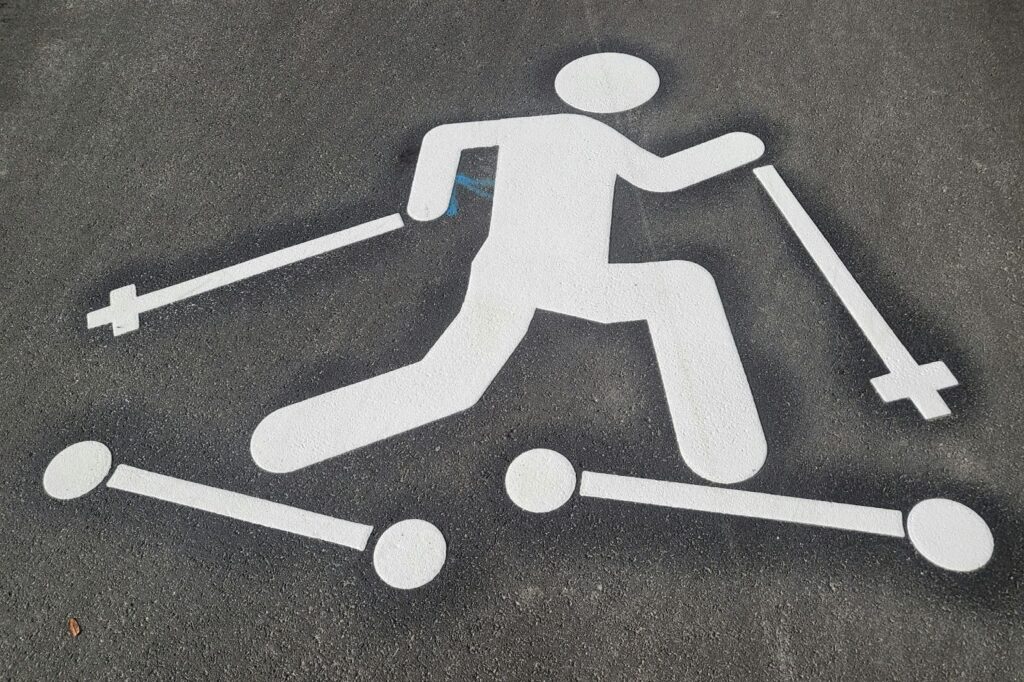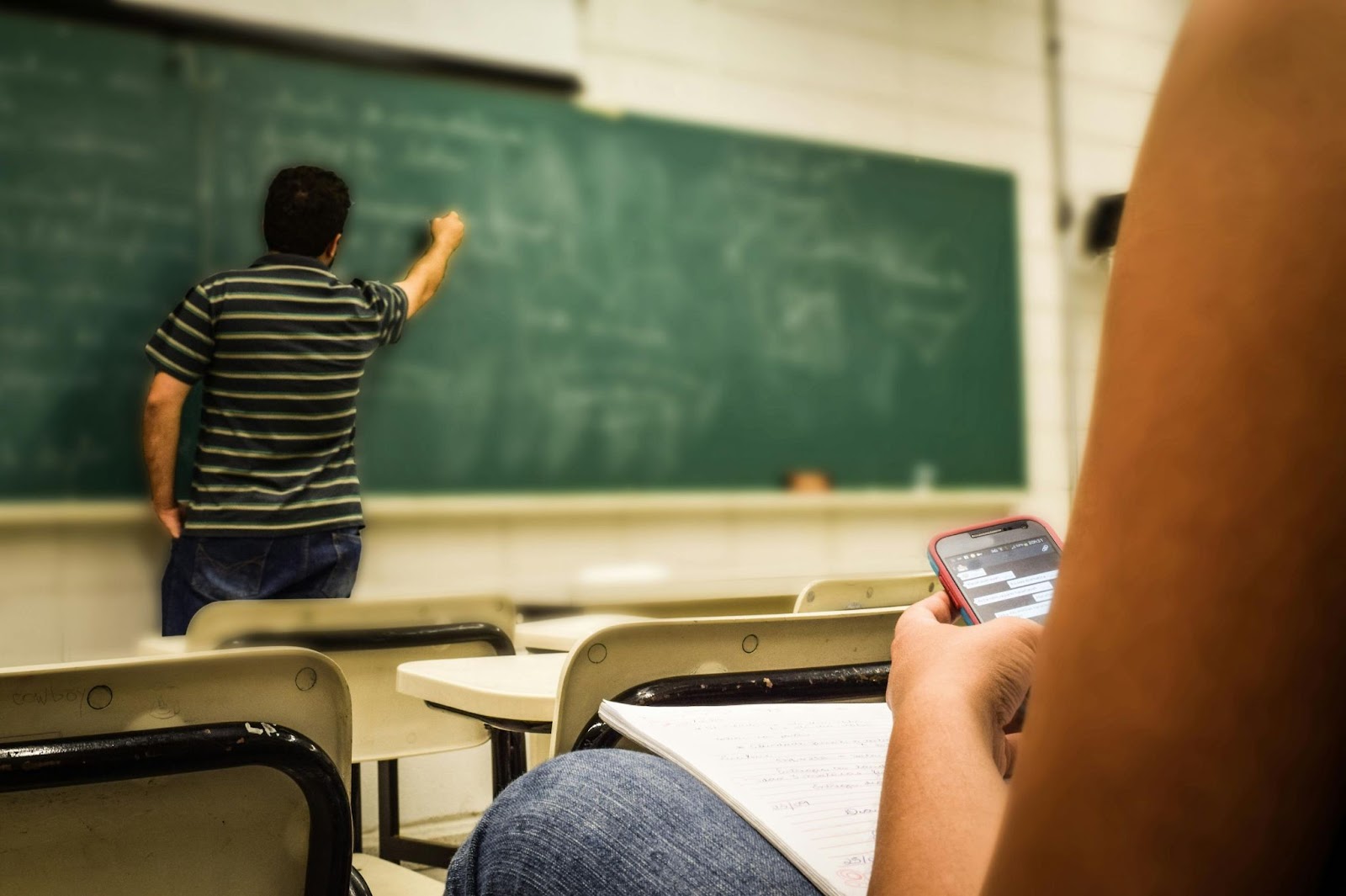In recent years, there has been an increase in awareness of the importance of disability rights and the need for greater societal inclusivity.
Accessible design is critical for the Deaf community to ensure fair access to opportunities, services, and information as well as to foster inclusion.
As we move toward a more inclusive world, it is crucial to consider how accessible design can empower Deaf people and remove barriers that have long kept them from fully participating in society.

Understanding the Importance of Accessible Design
Accessible design is the process of creating products, environments, and services that people with a range of disabilities and abilities can use.
For the Deaf community, it is frequently necessary to ensure that communication is clear, visual, and adaptable to meet different needs. Accessible design goes beyond simply following the law; it recognizes and values the diversity of human experience and actively works to include all people.
The importance of accessible design for the Deaf community cannot be overstated.
Since communication is the foundation of human interaction, being Deaf can mean losing out on opportunities and services that are essential to their daily lives.
In order for society to create a more equal environment where Deaf people can fully contribute and participate, accessible design ought to be given top priority.
The Role of Technology in Accessible Design
Technology has completely changed the accessibility landscape for the Deaf community. Modern technology has made it feasible to bridge the communication gap and provide Deaf people with resources that enhance their engagement with the outside world.
For example, video conferencing platforms now offer real-time captioning and sign language interpretation services, allowing Deaf people to participate in virtual meetings and events without the assistance of a third party.
Moreover, mobile apps and software have been developed to convert spoken language into text or sign language, enhancing the communication skills of Deaf people in everyday settings.
These advancements show how accessible design and technology can significantly improve the quality of life for the Deaf community.
However, it is crucial to realize that technology is not a panacea on its own.
Even though it can increase accessibility, it must be a part of a bigger strategy that also entails raising awareness, changing policies, and providing education.
Accessible design ought to be built into every new technology, not as an afterthought or an add-on. People who are Deaf will be shielded from technology advancements by this proactive approach.
Accessible Design in Public Spaces and Services
The lives of Deaf people in public places and services can be greatly impacted by accessible design.
Unfortunately, because many public spaces are not fully accessible, the Deaf community still experiences exclusion and frustration.
In train and airport terminals, for example, many public announcements are still primarily spoken in audible form, depriving Deaf people of crucial information.
To address this, public spaces should make use of visual communication aids like sign language interpreters, electronic displays, and captioned announcements.
Furthermore, websites for public services and government should be designed with accessibility features like captioned videos and screen reader-friendly interfaces in mind.
By doing this, public spaces and services can be made more welcoming and inclusive of Deaf individuals.
The healthcare industry is another vital area where accessible design is essential.
Deaf individuals usually face challenges in accessing healthcare services, ranging from scheduling appointments to understanding medical information.
Closing this gap and ensuring that Deaf people receive the care they need without unnecessary obstacles can be achieved by allowing healthcare providers to offer written communication options, sign language interpretation, and accessible information formats.
Education and Employment: The Need for Accessible Design

In the domains of education and employment, accessible design can play a critical role in promoting the Deaf community’s inclusion.
There is more to accessible design in educational environments than just using sign language interpreters.
It calls for an all-encompassing approach that considers the different needs of Deaf students, including the use of captioned videos, visual aids, and accessible learning materials.
Training on Deaf culture and the particular needs of Deaf students is necessary for educators and educational institutions to create an inclusive learning environment.
Ensuring Deaf students have equal access to all aspects of the educational process and adapting teaching strategies to suit different communication styles can be part of this.
In the workplace, accessible design is valued equally.
Companies must ensure that their environments are welcoming to all employees and recognize the contributions that Deaf employees make to the workforce.
This could mean providing captioned meetings, sign language interpreters, and accessible communication resources.
By using accessible design, employers can promote a more diverse and inclusive workplace where Deaf people can thrive and share their unique perspectives.
Policy and Advocacy: Driving Change through Accessible Design
Even though accessible design is important, strong legislation and advocacy campaigns are necessary to bring about meaningful change.
Governments and organizations must ensure that accessible design is a standard practice across all industries and that accessibility is given top priority in their policies.
This includes enforcing accessibility standards in public spaces, on digital platforms, and in services to ensure that Deaf people are not left behind.
Advocacy work by the Deaf community and its allies is necessary to advance accessible design.
The Deaf community can impact the creation of an inclusive society by raising awareness of the challenges faced by the Deaf community and pushing for change.
This could mean working together with lawmakers, businesses, and educational institutions to promote accessible design and uphold the rights of the Deaf community.
Conclusion
Accessible design is a powerful tool for promoting inclusion and ensuring that Deaf people have equal access to opportunities, services, and information.
As awareness of disability rights grows in society, it is imperative that accessible design be prioritized in all domains of life, from technology and public spaces to education and employment.
We can create a more equitable society where individuals who are Deaf can fully participate and contribute by implementing accessible design.
Collaboration between communities, businesses, and governments is required to make accessible design the norm rather than the exception.
Through increased advocacy and a renewed dedication to accessibility, we can build a society that values diversity and inclusion while providing Deaf individuals with the resources they need to thrive.
For those who are looking for additional support, Unspoken Language Services offers interpreting services to help bridge the communication gap between the deaf and hearing communities.
Thumbnail Photo by Scott Fenwick

